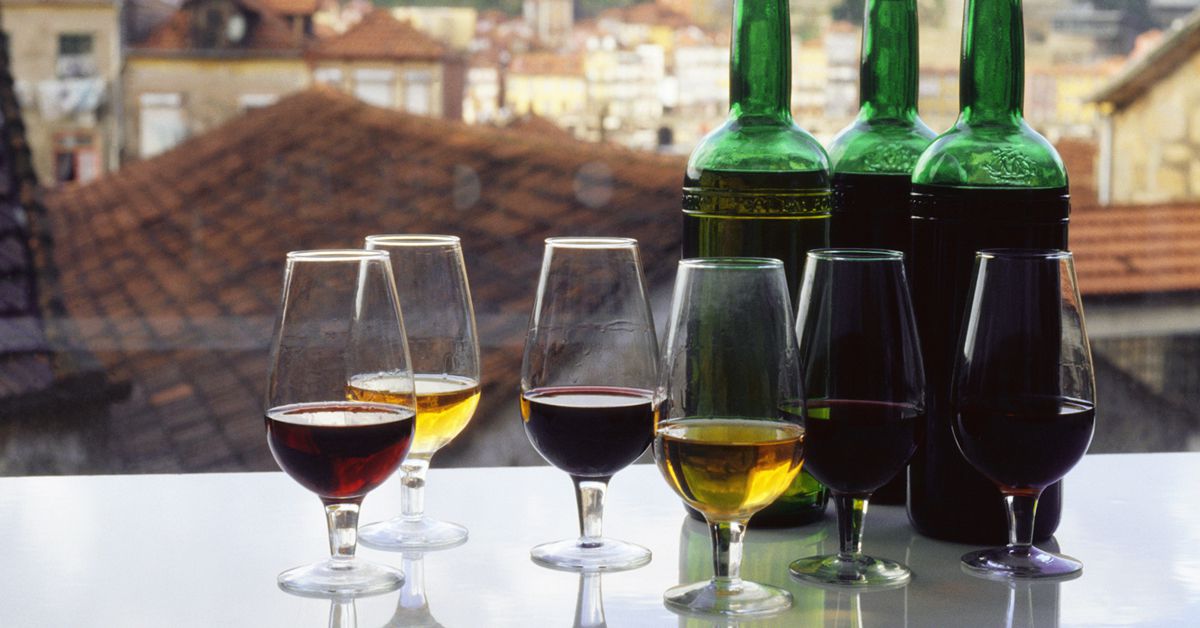Many in the Best Portuguese wine industry talk about the new things in label design that is revolutionizing the industry. These are people who point out that there are new label papers, applications using foil, embossing techniques, shrink sleeves, colors, and scannable labels (QR). Yes, there are some nice new look to wine labels. But, a new approach that will capture the imagination, utilizes captivating technologies, combines tantalizing colors, and has proven research indicating customers are compelled impulsively to pick up and handle the product upon which the label appears. When was the last wine label you saw was one you could experience?
That new label product being promoted to the wine industry is a hologram. Holograms have been around commercially since the mid-70’s. The National Geographic Magazine introduced a small holographic image of an eagle on the cover of a monthly issue. I saw it and was amazed that you could see on side of the eagle and then the opposite side by simply rotating the cover of the magazine.
I was a marketing manager for a company in Manhattan and was so intrigued by the holographic image I wanted to use it our consumer booklets. The major drawback was the price of the holographic image; approximately $2.00 each. Today hologram labels can be done, in volume, for as little as $0.05 each, 1 x 1 inch. Pre-production/set-up costs would be approximately $2,500. A front label for wine could cost approximately $0.74 each for a 4 x 3-inch size.
“Actual costs depend on how sophisticated the ultimate image needs to be to get the desired visual effect,” says Mr. Alec Jeong, General Sales Manager at Integraf, a supplier of holographic labels. “For a high-quality hologram, pre-production can start as low as $1000 for something simple as a logo or go as high as $8000 for a gorgeous display that combines 3-D depth, animation and stunning reflections.”
What makes holograms so interesting? Holography is a photographic technique that records the light scattered from an object, and then presents it in a way that appears three-dimensional. In the 70’s the object to appear in 3-D the model had to be in the actual size off the image to be generated on a special paper using lasers.
Ms. Toni Hamilton, Director of Marketing at ASL Print FX, has established some guidelines for effective wine labels. Do holograms conform to her guidelines? She asks, for example, on a store shelf will the label command attention in 3 seconds? Some research already performed by Integra indicates holographic images perform well. Will a holographic image reflect the wine, the winery and the target market? Every demographic responds to messages and the delivery format of a message differently. Research and testing would be the judge; more on market applications follow. Lastly, in almost all market demographics labels need to be fun, can have humor, should employ unique graphics and may be somewhat bizarre.
A label design firm in Napa has said there are exceptions to most rules about good labels-critter images on labels however are passé. We know wine labels are/may be: art, informational (partly by law), entertainment, and used to influence consumer action. The following are some thoughts about the interaction of a wine label with the consumer.
As a consumer, do you think we are immune to marketing manipulation tactics; we’re much too smart for that trick, right? But, we should not be defensive about wine marketing tactics because the label can give us a lot of information (not just the legalese) about brand choices available to us. Labels create enduring loyalty, stimulate trials of new wines, foster enjoyment/expectations (the psychology mental expectations) and allow us to relate to the creators of some of our favorite wines/wineries and winemakers. Combined with the internet, we can now be more educated about our wine purchases and become educated brand evangelist for great inexpensive as well as expensive wines.

